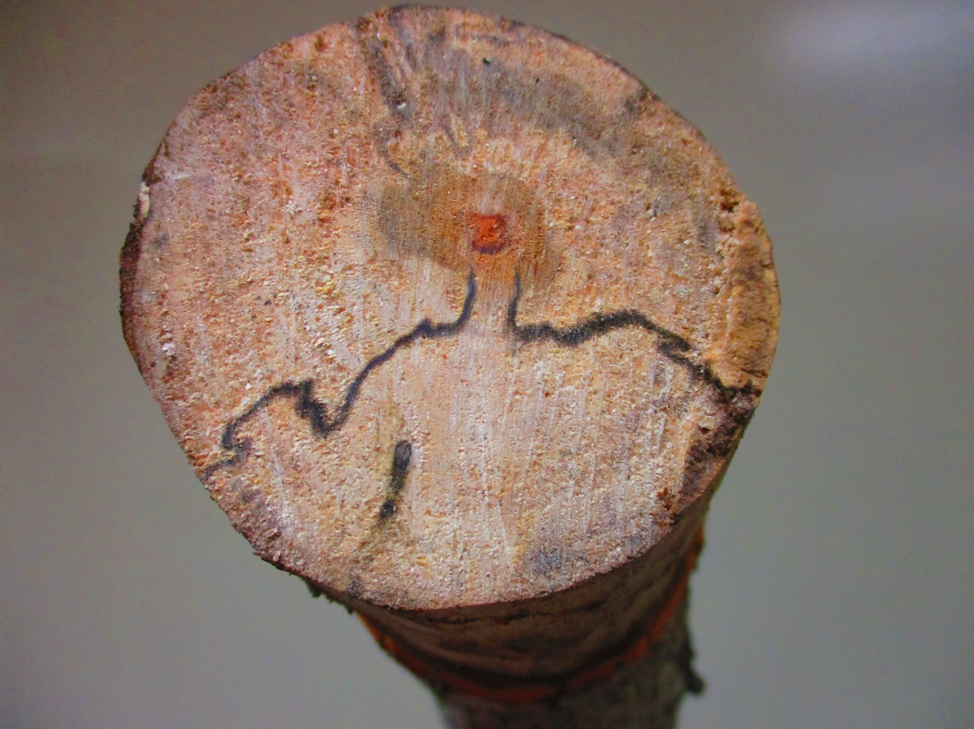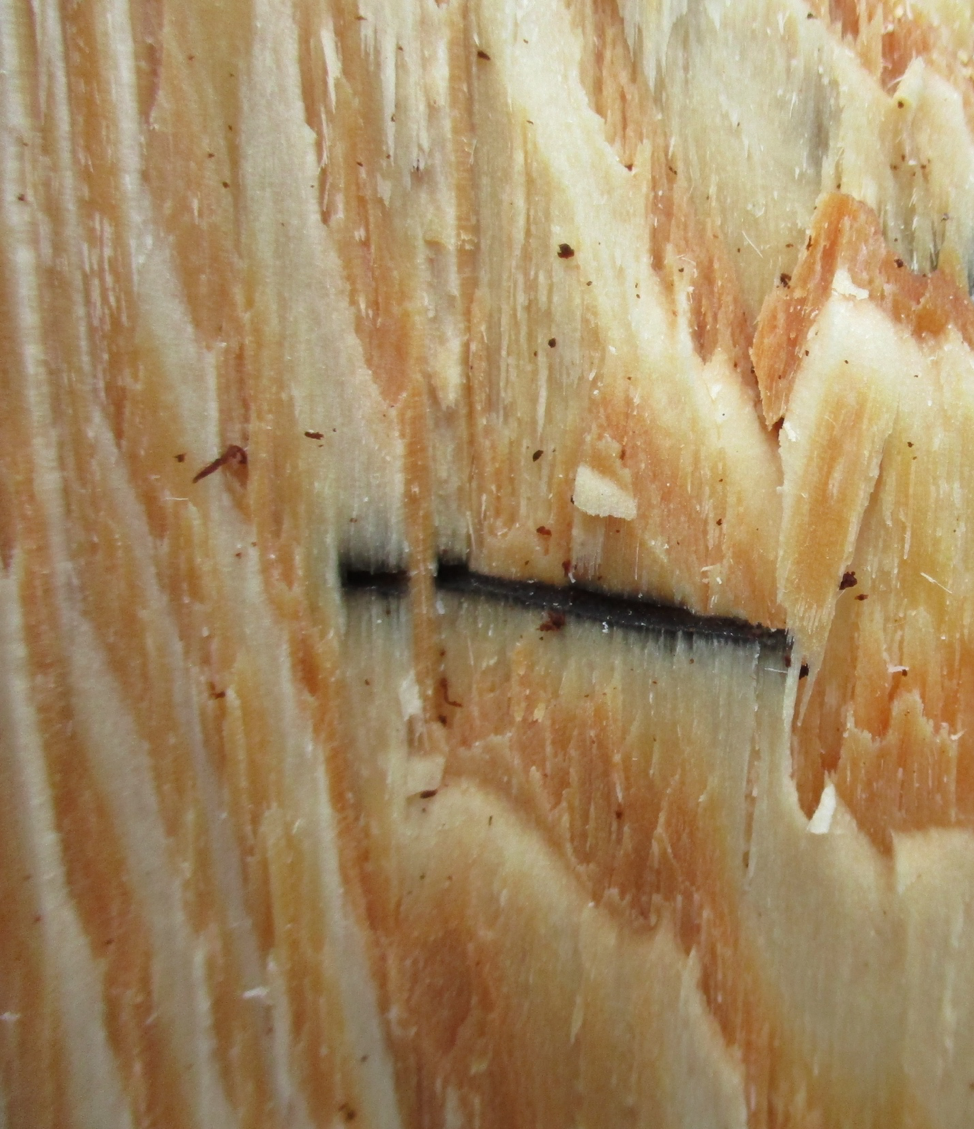Reading Wood
go.ncsu.edu/readext?650402
en Español / em Português
El inglés es el idioma de control de esta página. En la medida en que haya algún conflicto entre la traducción al inglés y la traducción, el inglés prevalece.
Al hacer clic en el enlace de traducción se activa un servicio de traducción gratuito para convertir la página al español. Al igual que con cualquier traducción por Internet, la conversión no es sensible al contexto y puede que no traduzca el texto en su significado original. NC State Extension no garantiza la exactitud del texto traducido. Por favor, tenga en cuenta que algunas aplicaciones y/o servicios pueden no funcionar como se espera cuando se traducen.
Português
Inglês é o idioma de controle desta página. Na medida que haja algum conflito entre o texto original em Inglês e a tradução, o Inglês prevalece.
Ao clicar no link de tradução, um serviço gratuito de tradução será ativado para converter a página para o Português. Como em qualquer tradução pela internet, a conversão não é sensivel ao contexto e pode não ocorrer a tradução para o significado orginal. O serviço de Extensão da Carolina do Norte (NC State Extension) não garante a exatidão do texto traduzido. Por favor, observe que algumas funções ou serviços podem não funcionar como esperado após a tradução.
English
English is the controlling language of this page. To the extent there is any conflict between the English text and the translation, English controls.
Clicking on the translation link activates a free translation service to convert the page to Spanish. As with any Internet translation, the conversion is not context-sensitive and may not translate the text to its original meaning. NC State Extension does not guarantee the accuracy of the translated text. Please note that some applications and/or services may not function as expected when translated.
Collapse ▲Splits or cross-sectional cuts in tree trunks often reveal interesting markings in the wood. These markings might be caused by pathogens, insect activity, fractures or cracks in the wood, or other factors; without guidance from an expert, it’s easy to misinterpret what you’re seeing. Thanks to Matt Bertone, diagnostic entomologist with the NC State University Plant Disease and Insect Clinic; and Mike Munster, plant disease diagnostician, for assistance with the following two examples.
Below is a cross sectional view of a branch from a dead swamp bay (Persea palustris). The dark squiggly lines are known by plant pathologists as zone lines. These lines mark the advance of decay fungi, specifically the demarcation between two distinct fungal colonies. Wood containing zone lines is known as spalted wood by woodworkers, and is highly valued for artistic effect in specialty wood products. The dark marking towards the lower center of the stem indicates the cross-section of an ambrosia beetle tunnel.
Next, we have the side view of the split trunk of a loblolly pine (Pinus taeda) showing a relatively straight tunnel made horizontally into the wood by a species of ambrosia beetle. The black staining is from the fungus the beetles introduce and tend to as a food source. In contrast, pine beetles (such as the famous Southern Pine Beetle) burrow under the bark along the trunk, without tunneling directly into the wood.






